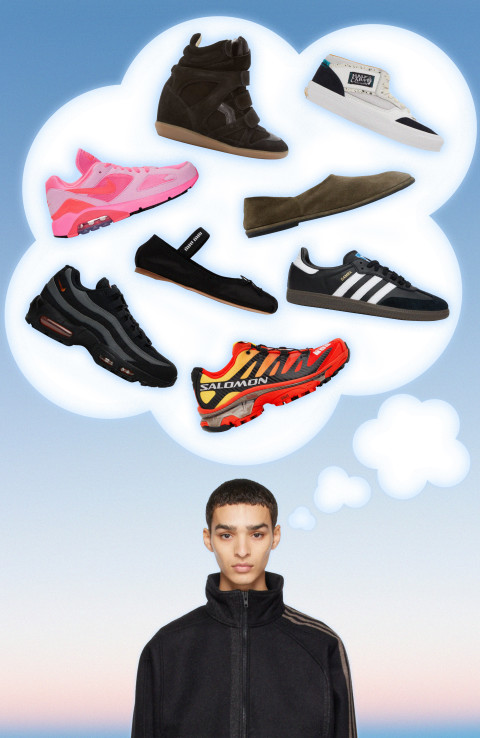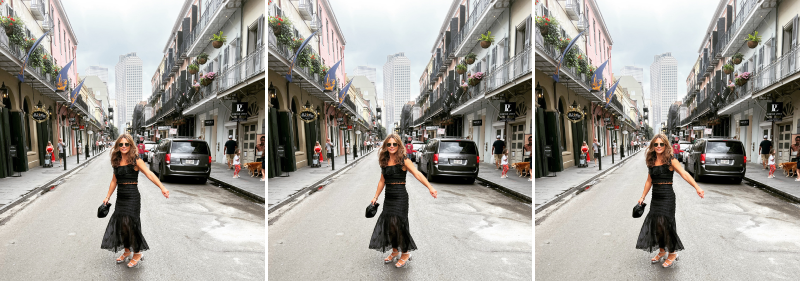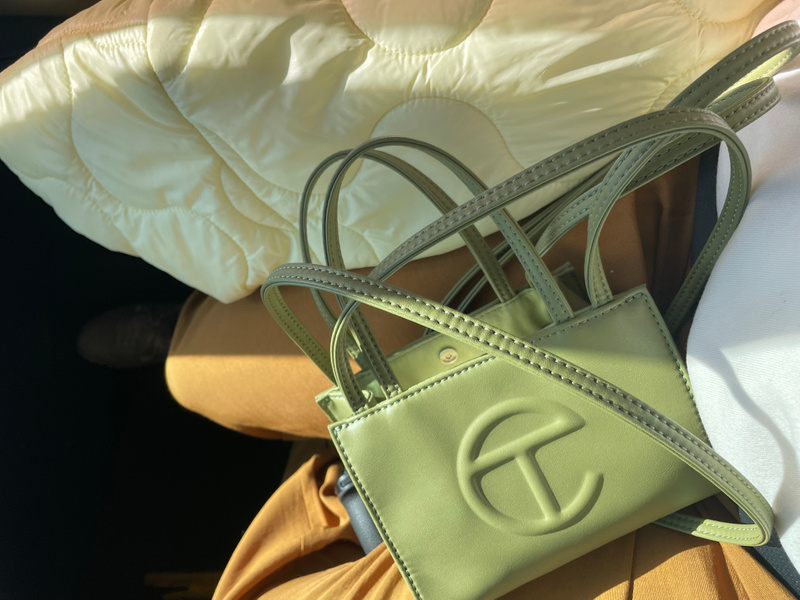The Sneaker Identity Crisis
Have You Too Traded Your Sneakers For Ballet Flats and Loafers?

It’s been a since sneaker culture went mainstream. The 2017 “homeboy’s gonna like…get it” era of sneaker influencing is ancient history. Everyone’s Balenciaga Triple S’s are tucked away. On Instagram, once sought-after pink and black CDG x Nike Air Max 180s are nowhere to be found. Yellow Onitsuka Tiger Mexico 66s might enter the hype-to-rinsed pipeline, too. adidas Sambas are still going strong, but the energy around them has transitioned from a boil to a simmer. Technical sneakers from brands like Merrell, while still in favor, have become more of a staple item than a must-post. The collective addiction to obtaining It sneakers, advertising those acquisitions at the perfect time (the earlier the better), and then ditching them for the next hot thing isn’t exclusive to footwear. But doesn’t the hype around sneakers seem to have chilled? Where’s the excitement? Has everyone traded their sneakers for ballet flats, loafers, and Birks? Are we in the midst of a sneaker identity crisis?
Of course sneaker culture isn’t dead. Like so many others before it, the subculture has been overexposed and milked for every last penny and drop of creativity to no fault of the dedicated collectors and historians who made it pop off in the first place. High fashion has a tendency to get bored quickly, and with sneaker culture no longer the shiniest object, 2023 is looking like the year of returning to personal staples—Vans Half Cabs, New Balances, or a ‘90s Nike silhouette reissue (like Air Penny IIs and Flight Lites)—instead of constantly searching for the newest and hottest. “I think once you hit a certain age you stop caring about the flashy stuff and go for more practical and comfortable but still tasteful,” says Hugo Mendoza, brand director at AWAKE NY and owner of shoes. “I’ve been rocking my all-black [Nike] AM95s because they’re just easy to wear.”Consultant, stylist, and lifelong sneaker collector Mellany Sanchez said much the same in a recent episode of NEVERWORNS when discussing her favorite sneakers, a pair of understated 2004 authentic leather black Nike AF1 steel-toe SWATS. “I have this really connected experience to purchasing them because I bought them at a shoe store that was really important in Brooklyn,” she explains.Lawrence Schlossman, cohost of lauded menswear podcast Throwing Fits doesn’t wear sneakers often, but when he does he’s reaching for Asics Gel Kayano 14s or the Kiko Asics. “I can be a hater,” he said, “but I’m also a statistic because I wear a lot of adidas Sambas.”


Sneaker choices are more about connection and longevity than resale value or recognition, but that doesn’t mean that risk-taking styles are out. Subverting “ugly” is still a high-risk, high-reward pursuit for many. Isabel Marant wedge sneakers, for instance, once beloved, then maligned, have been popping back up on models and style influencers. Still, the climate around the sneaker industry, in general, is quiet (save for collective groaning about certain high-profile drops, like Nike x Tiffany). “Even my friends that are into sneakers, the biggest takeaway is that nobody wants any of the collabs or what is being marketed as the ‘cool guy’ high-end options,” says Schlossman. “Sneakers are definitely in a rut right now, it just got pushed too far. People have been collabing for the sake of collabing, and sneakers are treated like financial instruments—talk about uninspired. Everyone is gravitating more towards general release stuff, not the headline-grabbing, splashy, resell sneakers that most people are totally burnt out on.” General release New Balance 530s, Salomon XT-6s, and Nike Air Max 95s are all still fairly accessible and classic styles.With the next gen of the (cursed) “athleisure” category upon us, everyone from millennials to Gen Z are gravitating toward the grown-up comfort and timelessness of a pair of aspirational loafers from The Row over a pair of rare sneakers. Now sneakerheads can go back to doing their thing without all the extra attention from outsiders. “I used to love watching how people made these decisions about buying things for themselves,” Sanchez said, describing her work as a sneaker salesperson in Brooklyn in her teens. “In a way that made them feel like that’s how they become who they are.” Whether you’re opting in or opting out of the sneaker game right now, your shoe choice says a lot about you. If there’s anything to take away from this transitional moment in sneaker history, it’s do you and don’t look back.

 TORY DAILY 10: MOTHER’S DAY GIFTS Moms are not a monolith. In fact, they contain multitudes. And so, this month’s Tory Daily 10 is dedicated to celebrating myriad moms. Our selection has something for the BeautyTok devotee, the glamper, the haute bohemian, the al fresco entertainer, the air-conditioning hater and more.
TORY DAILY 10: MOTHER’S DAY GIFTS Moms are not a monolith. In fact, they contain multitudes. And so, this month’s Tory Daily 10 is dedicated to celebrating myriad moms. Our selection has something for the BeautyTok devotee, the glamper, the haute bohemian, the al fresco entertainer, the air-conditioning hater and more. 


